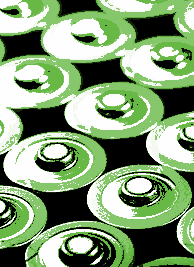Tesla claims success in SA
 Tesla has completed construction on what is described as the world's most powerful lithium ion battery.
Tesla has completed construction on what is described as the world's most powerful lithium ion battery.
An array of Tesla Powerpack batteries has been set up near the Hornsdale windfarm in South Australia's mid-north.
In return for about $50 million in subsidies, the SA Government will be able to access the 100-megawatt battery to provide stability services to the grid.
The Government will be allowed to tap the battery's full output to prevent load shedding blackouts when supplies are stretched in summer.
The new battery was one of several measures announced in SA Premier Jay Weatherill's $550 million energy plan earlier this year, which was prompted by supply concerns and technical failures of the electricity grid.
The plan also featured a fleet of diesel-powered backup generators that have already been installed ahead of summer.
“The world's largest lithium ion battery will be an important part of our energy mix,” SA Premier Jay Weatherill said late last week.
“It sends the clearest message that South Australia will be a leader renewable energy with battery storage.
“An enormous amount of work has gone in to delivering this project in such a short time, and I look forward to visiting Jamestown next week to personally thank those who have worked on this project.”
The battery is privately owned by Neoen in partnership with Tesla, and will spend most of its time being charged with power from the nearby Hornsdale windfarm when demand is low and power is plentiful.
The operators will then be able to sell power back to the grid when the supply-demand balance is tighter.
The deal includes special measures available to the SA Government to use a portion of the battery's output to provide stability.







 Print
Print